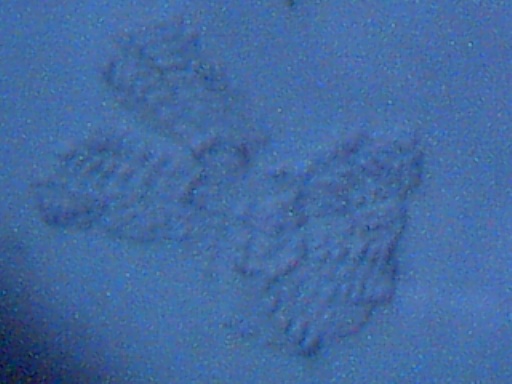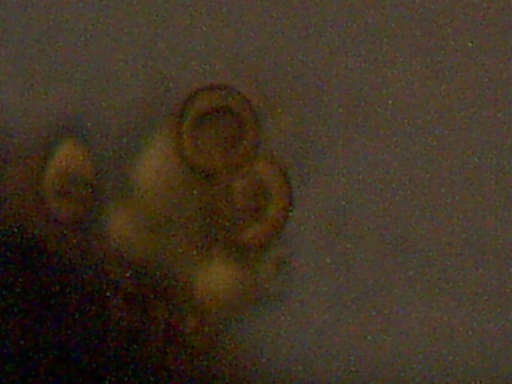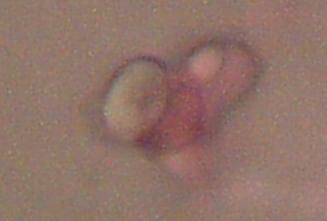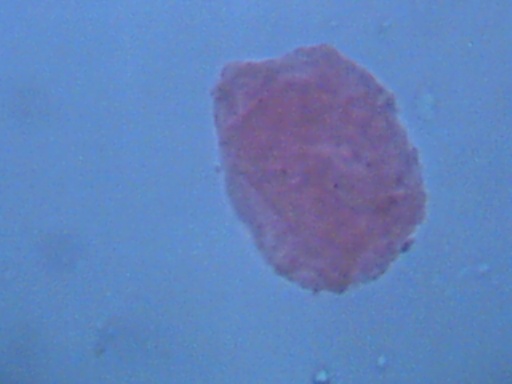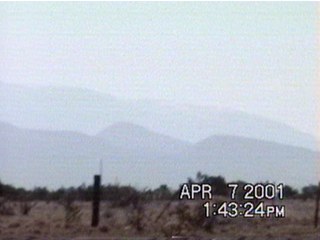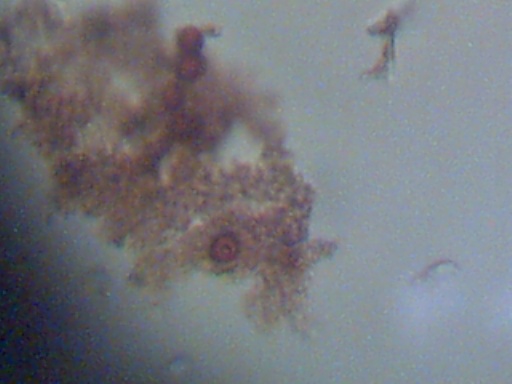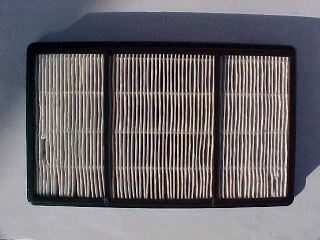
EPA REFUSES TO IDENTIFY, RETURNS SAMPLE AFTER 18 MONTH DELAY
This page contains the letter from the Environmental Protection Agency stating that it is not the business of the EPA to test the sample that had been sent to them 18 months prior, asking that an analysis be performed on fibrous material that had been collected after aerosol operations.

